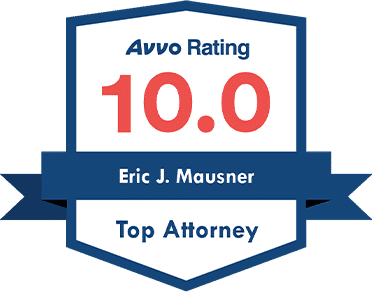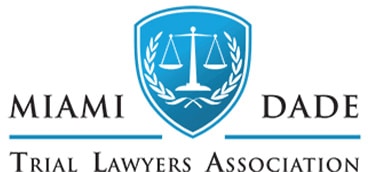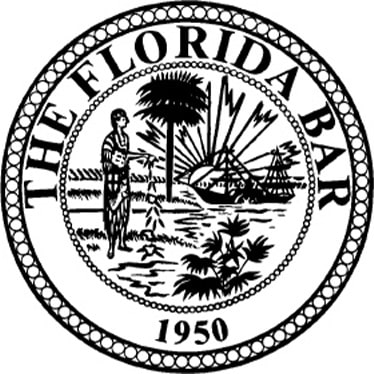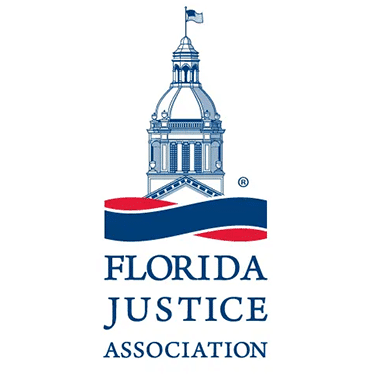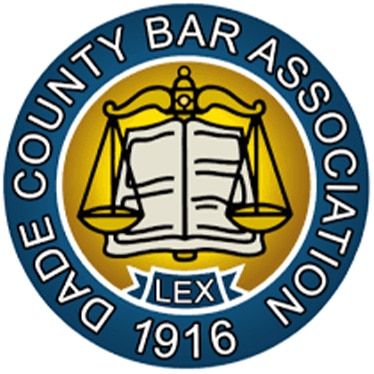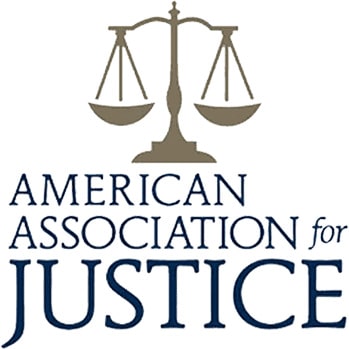
If you’re involved in an accident and it’s not your fault, you may wonder: “does your insurance go up after a claim that is not your fault?” This article tackles that concern head-on, providing insights into how no-fault claims can affect your premiums considering state laws and individual insurer policies. We aim to clarify this common question concisely, without diving too deep into the complexity of insurance terms and conditions.
Key Takeaways
- Car insurance rates generally do not increase after a no-fault accident, but state laws and insurer policies may vary, sometimes resulting in unexpected rate changes.
- Accident forgiveness can prevent insurance rate hikes after a no-fault claim, but obtaining this coverage may come at an additional cost and its terms vary among insurance companies.
- Insurance rates after a no-fault claim can be influenced by factors such as previous driving record, history of multiple claims, and the severity of the accident, with proactive strategies available to mitigate potential increases.
- Florida Statute 626.9541(Unfair methods of competition and unfair or deceptive acts or practices) prohibits insurance carriers from raising premiums and rates under certain circumstances including when you are not at fault or less than 50% at fault.
Contact us today for your free & confidential case review. Our team will help you get the compensation that you deserve.
 No-Fault Accidents and Insurance Rates
No-Fault Accidents and Insurance Rates
In an ideal world, if you’re not to blame for an accident, you’d expect your car insurance rates to remain unaltered. And in many cases, this holds true. Auto insurance rates generally do not rise after a no-fault accident, where you experience damages or injuries due to another driver’s actions. However, insurance is rarely straightforward. State laws and insurer policies can sometimes result in rate changes, even in no-fault situations, such as at fault accidents.
Therefore, grasping the nuances of your auto insurance policy and the various factors influencing your rates after a no-fault accident is vital.
State Laws and No-Fault Claims
State laws play a significant role in how insurance claims are handled after a no-fault accident, impacting your coverage and car insurance rates. Here are some examples of how different states handle insurance claims:
- In some states, individuals file claims with their own insurance, irrespective of who was at fault.
- Other states operate under comparative negligence laws, where the level of fault assigned in an accident can influence your auto insurance company rates.
- For example, in California, your damage award is reduced by your percentage of fault.
- In Arkansas, no damage award is permitted if you are found to be more than 50% at fault.
Moreover, not all states permit insurance companies to raise rates after a no-fault accident. In states like Oklahoma and California, regulations prohibit insurers from increasing car insurance policy rates if the crash wasn’t the driver’s fault. So, the location of your accident can drastically affect the aftermath of a no-fault claim on your insurance rates.
Insurer Policies and No-Fault Claims
Just as state laws vary, so do the policies of different insurance companies. Some companies, like USAA, typically do not increase insurance rates after an accident if the policyholder is not at fault. However, this isn’t a universal practice. Car insurance companies have the discretion to raise rates following a no-fault claim, although the increase is generally less than if the policyholder was found at fault for the incident.
Keep in mind, while some insurance providers may hike rates after no-fault claims, others, like USAA, are known to refrain from this, especially if the insured party is innocent and the claim is supported by a police report. Hence, it’s imperative to comprehend your insurer’s policies and consider exploring other policies that align better with your needs.
The Role of Accident Forgiveness in No-Fault Claims
Now, let’s talk about a feature that can potentially shield you from the dreaded insurance rate hike after a no-fault accident – accident forgiveness. It’s a discretionary coverage option that some of the best car insurance companies offer to their policyholders. In essence, accident forgiveness serves to mitigate potential insurance rate hikes following a no-fault claim. Essentially, if you have accident forgiveness coverage and you get into your first accident, it is probable that your insurance rate will remain unaffected.
On the contrary, without accident forgiveness, your insurance premiums might increase after your first accident. This fact emphasizes the necessity of accident forgiveness to maintain stable premium rates. Curious about how this feature works and how you can get it? Let’s delve into it.
How Accident Forgiveness Works
Accident forgiveness is designed to prevent rate increases following a first accident. However, it’s important to note that accident forgiveness may not entirely prevent rate increases, especially if you previously benefited from a safe driver or claim-free discount. Furthermore, different insurance companies have varying rules; for instance, some may only forgive one accident every three years. It’s also worth noting that causing multiple accidents within the timeframe of accident forgiveness is likely to result in rate increases despite the forgiveness feature.
While accident forgiveness may prevent an increase in your rate, any accidents you are responsible for will still be recorded on your driving history, potentially influencing your rates if you change insurance providers. Therefore, it’s imperative to fully comprehend how accident forgiveness operates and its possible constraints before incorporating it into your policy.
Obtaining Accident Forgiveness Coverage

- Allstate
- Liberty Mutual
- Nationwide
- Progressive
- Travelers
However, it may come at an additional cost. While certain insurers may provide it at no extra charge to policyholders who have maintained a clean driving record for a specific duration, typically around five years, others may charge you for this coverage.
The cost of accident forgiveness coverage may vary significantly among insurers. On average, the difference in premiums can be approximately $566 per year, resulting in a 44% increase in insurance costs. Hence, prior to opting for this feature, it’s important to balance the potential rise in your premium against the possible benefits of accident forgiveness.
Factors That Can Affect Your Insurance Rate After a No-Fault Claim
Beyond state laws and insurance policies, there are several other factors that can influence your insurance rate after a no-fault claim. These include your previous driving record, your history of multiple claims, and the severity of the accident.
By grasping these factors, you can adopt proactive strategies to curb potential rate hikes and ensure affordable coverage.
Previous Driving Record
Your previous driving record plays a significant role in determining your insurance rates after a no-fault claim. If your driving record is laden with traffic violations or accidents, you might see an increase in your insurance rates after a no-fault claim, as insurance providers perceive drivers with a history of accidents or violations as high-risk and impose higher rates to mitigate the associated risk.
Traffic violations and accidents typically remain on a driving record for a period of three to five years. To enhance their driving record and reduce the risk of rate increases after a no-fault claim, drivers can concentrate on safe driving practices and contemplate enrolling in a defensive driving course.
Multiple Claims History
Having a history of multiple claims can also lead to higher insurance rates. This is because insurance companies may perceive you as a higher risk due to the frequency of your claims. Typically, insurance companies view filing two or more claims within a three-year period as a high frequency. They evaluate risk by analyzing historical loss for perils, scrutinizing the risk profile of the policyholder, and estimating the probability of future claims based on this claim history.
Thus, even if you were not at fault in any of the accidents, the mere act of filing multiple claims could lead to a spike in your insurance rates. For instance, a comprehensive claim may lead to an average increase of $6 per month in auto insurance premiums, and two comprehensive claims can result in a premium increase of $13 per month.
Severity of the Accident
The severity of the accident plays a major role in determining the subsequent cost of an insurance claim. This can have a significant impact on the rate increase. More severe accidents can result in higher increases in insurance rates. When assessing the severity of an automobile accident claim, insurers take into account costs such as:
- Property damage
- Medical expenses
- Lost wages
- Future earnings
These elements collectively impact the overall cost of the claim and can influence the evaluation of the accident’s severity.
In fact, following a car accident, coverage car insurance rates can typically increase by around 47%, with the specific percentage depending on the type of accident and individual circumstances such as the claimant’s driving history and incident details. So, the severity of the accident and the resulting claim cost can significantly affect the duration and magnitude of your insurance rate increase, making it essential to consider insurance after an accident.
Contact us today for your free & confidential case review. Our team will help you get the compensation that you deserve.
Tips for Preventing Insurance Rate Increases After a No-Fault Claim
Now that we’ve covered the factors that can affect your insurance rate after a no-fault claim, let’s discuss some strategies you can employ to prevent or mitigate these rate increases. These include shopping around for better rates, reviewing your coverage, and improving your credit score.
By adopting proactive strategies and choosing the right car insurance company, you might save a substantial amount of money on your car insurance premiums.
Shopping Around for Better Rates
One of the most effective ways to secure lower insurance rates after a no-fault claim is to shop around and compare rates from different insurers. Your current insurance provider might increase your premiums following a no-fault accident. However, by comparing rates from different carriers, you can identify a more favorable offer and potentially achieve cost savings.
There are several reputable websites, such as NerdWallet, The Zebra, and Forbes Advisor, that offer car insurance rate comparisons after a no-fault claim. It is advisable to compare car insurance rates annually or whenever there are significant changes in your circumstances, such as after an accident claim.
Reviewing Your Coverage
Another important step in preventing unwarranted rate increases after a no-fault claim is regularly reviewing your coverage. This involves carefully examining your policy to assess the need for discontinuing certain coverage types or raising limits on others. By doing so, you can avoid being over-insured and paying for coverage that you don’t need.

- Location
- Vehicle type
- Driving history
- Age
- Gender
- Credit score
- Years of driving experience
- Type of vehicle
Improving Your Credit Score
Your credit score can also play a significant role in determining your car insurance rates. In the majority of states, car insurance companies utilize credit-based insurance scores, leading to an impact on car insurance premiums based on your credit score. Generally, drivers with favorable credit standing pay lower car insurance rates compared to those with a negative credit history.
Therefore, enhancing your credit score can lead to a reduction in your car insurance rate. In fact, poor credit can result in an 88% increase in rates compared to having good credit. The factors that impact credit scores in the context of car insurance encompass:
- Driving history
- Claims history
- Payment history
- Length of credit history
So, maintaining a good credit score and making timely payments can go a long way in helping you secure lower insurance rates.
How Long Will a No-Fault Claim Affect Your Insurance Rates?
Now, you might be wondering, “How long will a no-fault claim affect my insurance rates?” Well, insurance rates typically experience an increase for a period of three to five years following a no-fault accident. A no-fault accident generally remains on a driver’s insurance record for the same period. However, the exact duration can vary based on state regulations and your insurance company’s policies.
State Regulations and Claim Duration
Just as state laws can influence whether your rates increase after a no-fault claim, they can also dictate how long those increases last. Typically, insurance companies apply surcharges for a duration of three years following a no-fault claim. However, the duration for surcharges following a no-fault claim varies by company and state, typically ranging from three to five years.
Moreover, not all states permit insurance companies to apply surcharges for accidents. So, depending on where you live, you might not see prolonged rate increases after a no-fault accident. This fact again emphasizes the necessity of comprehending your state’s regulations concerning auto insurance.
Safe Driving and Rate Reductions
Practicing safe driving can potentially lead to a reduction in car insurance rates after a no-fault claim, although the influence may not be as pronounced compared to an at-fault accident. Maintaining a clean driving record has the potential to lower your car insurance rate and reduce the duration of insurance rate increases after a no-fault claim.
Remember, the impact of an accident on your insurance rate typically lasts for three to five years, although the specific duration may differ based on the insurance company and state regulations. Thus, by steering clear of additional accidents and violations, you can assist in lowering the impact of a no-fault claim on your insurance rates.
Frequently Asked Questions
Does insurance go up if its not your fault?
Yes, insurance rates may go up even if the accident is not your fault, depending on the circumstances of the accident, the types of coverage you have, and your claims history. However, the increase may not be as significant as it would for an at-fault accident.
How much will my insurance go up after a claim?
On average, car insurance premiums go up by nearly 50% after an accident. The increase will not take effect until you renew your policy. Different insurers offer varying rates after an accident, with AAA, USAA, and Grange being among the cheapest options.
Will insurance pay out if it was my fault?
Insurance will pay out if it was your fault in a “fault” state, as the person at fault is liable for the damages of anyone injured in the accident. However, in “no-fault” states, each person’s car insurance typically covers their own damages.
Do you lose no claims if not your fault?
Yes, you will lose your annual no-claims discount if you make a non-fault claim on your car insurance policy. It’s based on “no-claims” not “no-blame.”
Will my insurance rates always increase after a no-fault accident?
Insurance rates after a no-fault accident may not always increase, as some companies, particularly in states with regulations against such increases, may not raise rates. It varies depending on the insurer and the state’s regulations.
Last updated Tuesday, July 16th, 2024

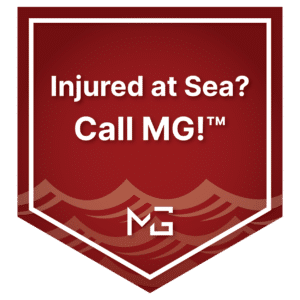 No-Fault Accidents and Insurance Rates
No-Fault Accidents and Insurance Rates
